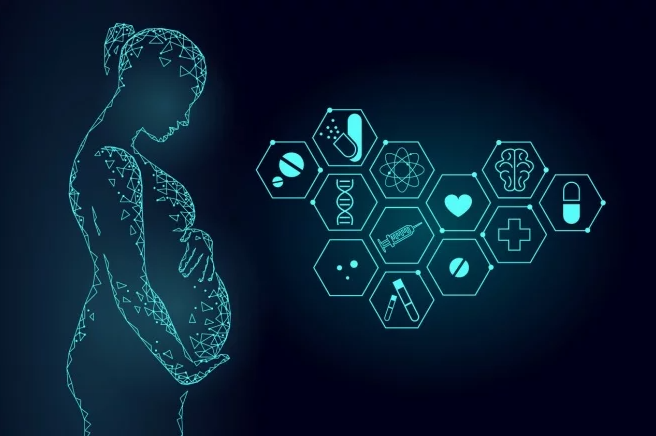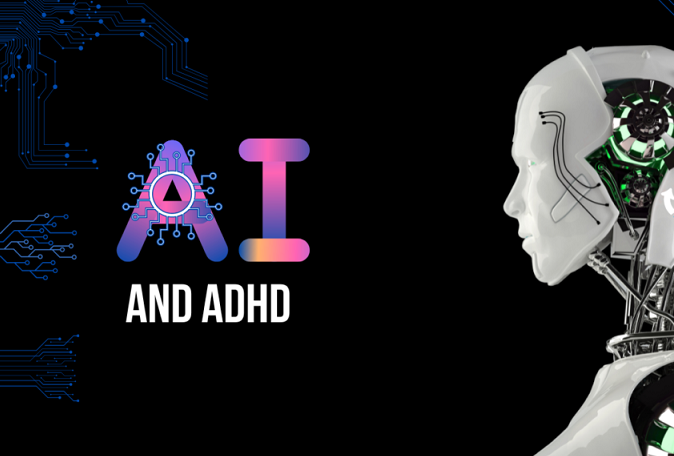
PathAI is a cutting-edge artificial intelligence platform designed to assist pathologists in diagnosing diseases more accurately and efficiently. With a focus on machine learning and deep learning technologies, PathAI aims to enhance the speed, accuracy, and consistency of diagnoses in pathology, particularly in cancer detection. By analyzing medical imaging such as slides and tissue samples, PathAI provides valuable insights that support pathologists in delivering precise results.
PathAI Review – Revolutionizing Pathology with AI-Driven Diagnostics
Introduction:
In this review, we’ll explore how PathAI works, its key features, benefits, limitations, and how it stands out as one of the leading AI solutions in the healthcare industry.
Key Features of PathAI
- AI-Powered Image Analysis: PathAI uses deep learning algorithms to analyze pathology images and provide accurate assessments of tissue samples. It helps detect disease patterns that might be difficult for the human eye to identify.
- Cancer Detection and Diagnosis: PathAI excels in the diagnosis of various types of cancer, especially breast cancer, lung cancer, and prostate cancer. By evaluating histopathological slides, PathAI identifies abnormal growths or malignancies with remarkable precision.
- Workflow Integration: The platform seamlessly integrates into existing pathology workflows, allowing pathologists to use their existing microscopes and laboratory equipment.
- Accuracy and Consistency: PathAI is trained on vast datasets, enabling it to deliver consistent and accurate results, analyzing slides in minutes.
- Collaboration with Medical Institutions: PathAI collaborates with hospitals, research institutions, and laboratories worldwide to continuously improve and validate its technology.
How Does PathAI Work?
PathAI leverages machine learning to process and analyze pathology images. Here’s a simplified step-by-step process:
- Data Collection: PathAI uses a large dataset of labeled pathology images, including both benign and malignant samples, to train its AI models.
- Training the Model: The AI model is trained on these images using supervised learning techniques.
- Image Analysis: Once trained, the model analyzes new pathology slides, detecting any anomalies that could suggest the presence of disease.
- Result Validation: Pathologists confirm the AI-generated results and make the final diagnosis.
Benefits of PathAI
- Improved Diagnostic Accuracy: PathAI helps reduce human errors by detecting subtle features in pathology images that might go unnoticed by a human.
- Increased Efficiency: Automating the analysis of pathology slides allows medical professionals to process more samples in less time.
- Reduced Diagnostic Time: PathAI processes images quickly, providing initial diagnostic results within minutes.
- Enhanced Workflow Integration: PathAI integrates easily into existing medical infrastructure without requiring significant changes.
- Better Patient Outcomes: By providing accurate and timely diagnoses, PathAI helps doctors create more personalized treatment plans.
Potential Limitations of PathAI
- Data Quality and Availability: For AI to be effective, it requires a vast amount of high-quality training data. Limited access to such data can impact performance.
- Dependence on Pathologist Validation: PathAI is a support tool and cannot replace the expertise of medical professionals. Human oversight is still required.
- Regulatory Challenges: PathAI may face challenges in gaining regulatory approval in different countries.
- Bias and Fairness: The accuracy of the model is affected by the diversity of the training data, which can lead to concerns over fairness.
Pricing
PathAI does not provide public pricing for its solutions, as it typically works on a subscription or licensing model with healthcare institutions. The pricing varies depending on the size of the institution, the number of licenses required, and additional customization.
Conclusion
PathAI is at the forefront of AI innovation in healthcare, offering pathologists powerful tools to improve diagnostic accuracy, efficiency, and patient outcomes. While it is not without its challenges, the potential of AI in pathology is immense, and PathAI continues to push the boundaries of medical diagnostics.
For institutions looking to enhance their pathology practices, PathAI offers an innovative solution that has already shown success in detecting and diagnosing cancers and other conditions. With its continued development and ongoing partnerships with medical professionals, PathAI is poised to revolutionize the field of medical diagnostics.


